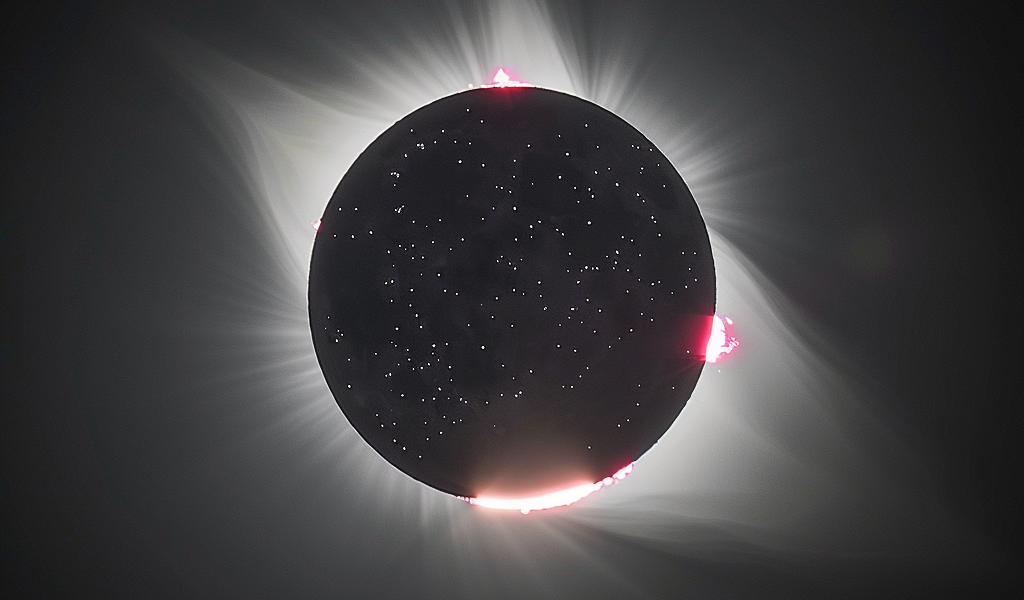On April 8, 2024, a 115-mile-wide strip of North America will be plunged into darkness as the moon slips in front of the sun, creating a rosy, fluffy crown of flame visible from Mazatlán, Mexico, to Newfoundland, Canada. This upcoming total solar eclipse is generating excitement not only among spectators but also among scientists eager to study the solar corona, the mysterious outer atmosphere of the sun.
The solar corona has long been a subject of fascination and mystery for astronomers. Initially, it was thought to be a feature of the moon, but in 1806, Spanish astronomer José Joaquín de Ferrer recognized it as a part of the sun, giving it the name corona, the Spanish word for “crown.” Today, we understand the corona as the sun’s shockingly hot outer atmosphere, which releases a mysterious “wind” of particles and occasionally unleashes clumps of itself in roiling packages of energy called coronal mass ejections. However, the mechanisms behind these phenomena remain largely unknown.
On the day of the eclipse, astronomers will focus their telescopes on the corona, hoping to unravel these mysteries. Their efforts will be complemented by two new spacecraft that have recently arrived at the sun, collecting data from near and within the corona. The insights gained from these probes, combined with the observations during the eclipse, are expected to make this year a pivotal time in solar physics.
The field of solar physics has a historic connection to total solar eclipses. It was during a total solar eclipse in August 1868 that astronomers first used prisms to investigate spectroscopy, leading to the discovery of helium, the first element found off Earth. The sun’s spectrum, when analyzed during the eclipse, revealed a new line corresponding to this groundbreaking discovery.
The upcoming total solar eclipse, along with the deployment of new sun probes, is poised to revolutionize our understanding of the sun and its enigmatic corona. Scientists are eagerly anticipating the wealth of data and insights that will emerge from this celestial event, marking a significant milestone in the field of solar physics.





